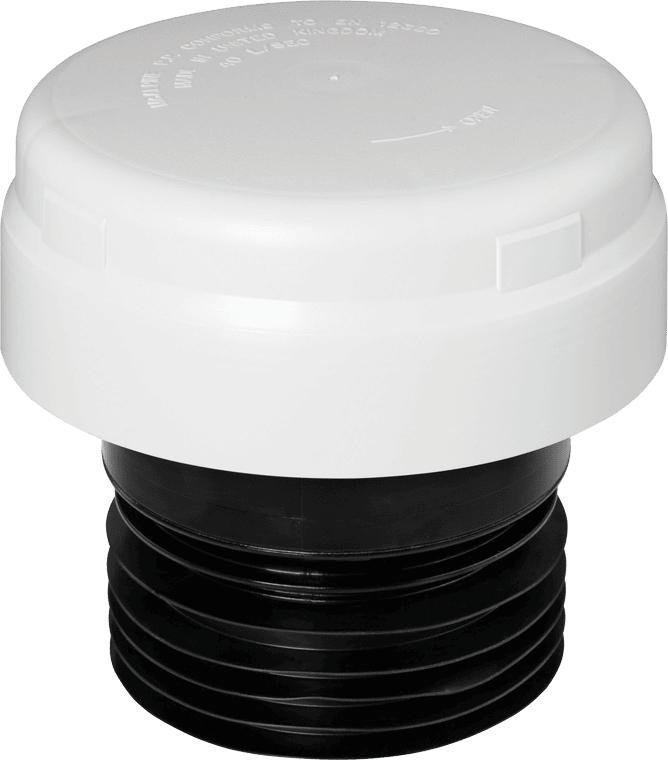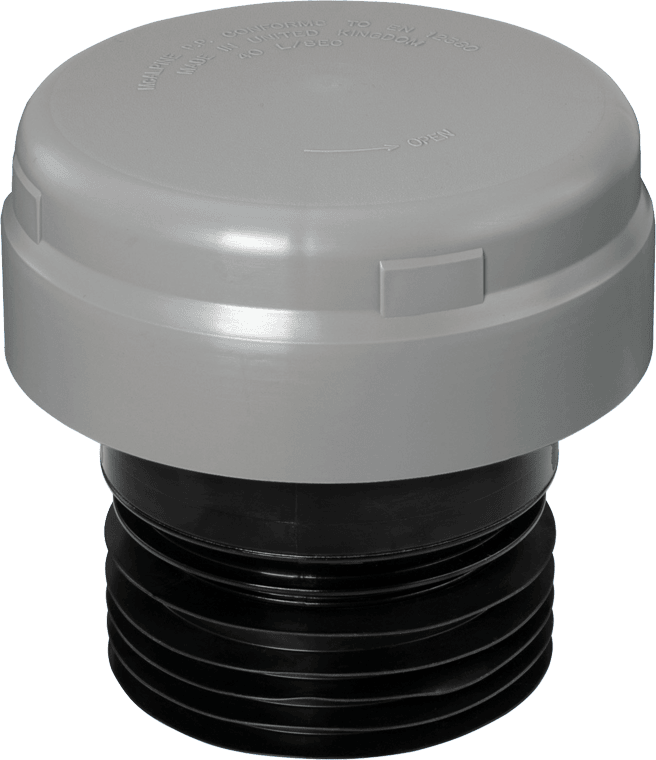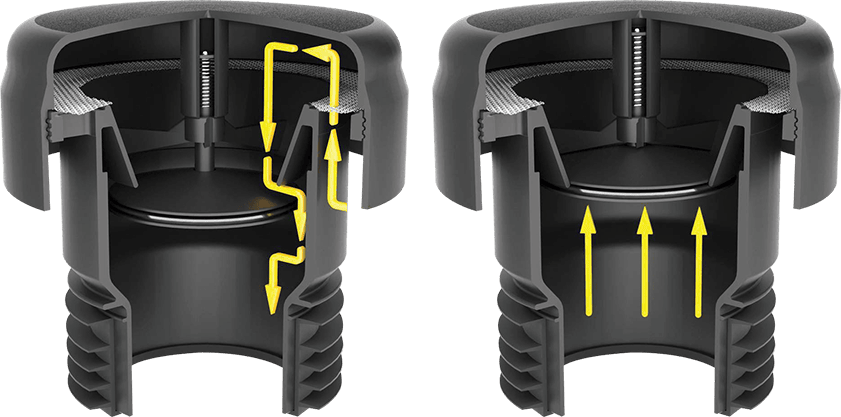Hear from real life users & customers!
View All Reviews-
I only fit McAlpine pan connectors, always seal first time.
-
We keep a large stock of Mcalpine in the work shop it’s the only waste fitting me & my brother use
-
Absolutely love them, always recommend the products.
-
The best on the market.
-
Worth every penny due to the quality and reliability of the products.
-
Solid, reliable and well thought out products
-
I always use McAlpine, fit and forget!
-
They do exactly what they need to do
-
Great traps easy to fit.
-
I prefer to use them as I know they are of good quality
-
EXCELLENT PRODUCTS + SUPERIOR QUALITY + NO LEAKS OR ISSUES.
-
Great waste pipe fitting Excellent at Marrying up two different types of pipe copper and plastic
-
Reliable, good quality and easy to get hold of. Absolutely love them, always recommend the products. 4″ rodent barriers – so good even the rats don’t bother knocking!
Internal Advantages
McAlpine recommends that Air Admittance Valves be installed internally within the building. AAVs should be located preferably in a non-habitable space such as a duct or roof space with adequate ventilation and must be accessible for maintenance. AAVs must be installed in the vertical position.
- Enables ventilating pipes to be terminated inside the building thereby avoiding roof penetration
- Allows greater flexibility in design of new drainage systems
- Allows greater flexibility when installing additional appliances to existing drainage systems
- Eliminates problems of freezing associated with external pipes
- Suitable for use with either plastic or metal pipes
- Offers cost savings in both material and labour

External Advantages
Although there are no regulations for an AAV to be installed externally, it may be advantageous in certain circumstances, be it design or otherwise, to allow installation into an external soil stack and some of the advantages are as follows:
- The external soil stack may be terminated below the roofline which reduces the amount of soil pipe and fittings required
- The AAV may be installed at a minimum height of 200mm above the highest wet branch connection
- Fitted externally the AAV is easy to access for maintenance if required
- Reduces installation time and materials
- It may be prudent to seek guidance from the local building department

Operation
The two diagrams illustrate how Ventapipe functions. The valve diaphragm opens and allows air to be drawn into the system when it is subjected to negative pressure. On cessation of negative pressure the diaphragm returns to the closed position thereby preventing the escape of foul air into the building. The valve is designed to open and close spontaneously when required thereby allowing a supply of air to adequately ventilate the system thus ensuring a smooth discharge.

Training Video
The purpose of this video is to educate people in the plumbing industry about the benefits of fitting an AAV by explaining how they work and where they are used.